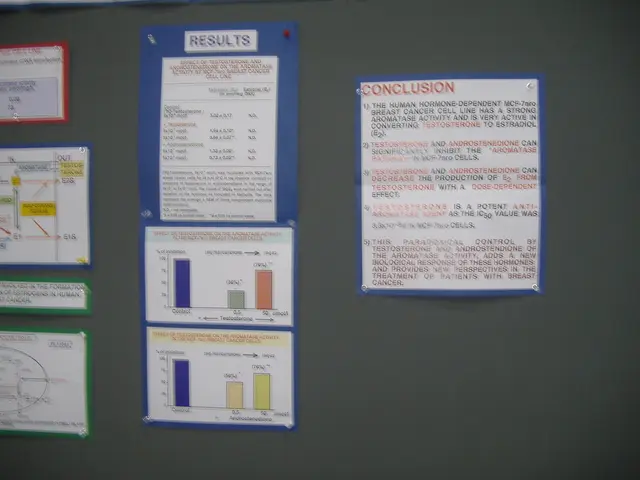Emergency Care Essentials: An Overview
In the midst of a thunderstorm, it's crucial to know how to respond if someone is struck by lightning. Here's a guide on what to do and how to protect yourself.
Firstly, ensure your own safety. Do not approach the victim while lightning is still active nearby, as multiple strikes can occur. Once it's safe, immediately call emergency services. Lightning injuries often cause cardiac or respiratory arrest, requiring professional medical care.
Next, assess and provide first aid. Check the victim's responsiveness, breathing, and pulse. If they are not breathing or have no pulse, begin cardiopulmonary resuscitation (CPR) right away. It is safe to touch and provide aid to the victim because they do not retain an electrical charge after the strike.
Prompt CPR can often revive a person struck by lightning, focusing first on those who appear unconscious or dead, as lightning can cause temporary cardiac or respiratory arrest.
When it comes to protecting yourself during a thunderstorm, there are a few key points to remember. Do not lie flat on the ground, as this can increase the risk of being struck. Instead, if caught outside with no shelter, crouch low with feet together, minimizing contact with the ground. The safest places are indoors in a solid structure or inside a vehicle.
Use the “flash-to-bang” method to gauge how close lightning is and seek shelter if it’s within about 8 km or 5 miles. This method involves counting the seconds between the lightning flash and the thunder, and then dividing by 3 for km or 5 for miles to estimate the distance.
In addition, avoid being the highest point in the area. Lightning seeks the shortest path and shouldn't lead to your head. Using the song "Stayin' Alive" by the Bee Gees, with its 100 beats per minute, can help you keep the rhythm for counting the seconds between flash and bang.
Remember, a person struck by lightning does not carry electricity and can be handled safely. In cases like this, the procedure is "Check, Call, Compress".
It's important to note that the probability of being injured in a lightning strike is much lower than that of being injured in a traffic accident. However, it's essential to be prepared and know what to do in such situations.
Sources:
[1] German Red Cross [2] National Weather Service [3] Mayo Clinic [4] World Health Organization [5] National Lightning Safety Institute
Read also:
- Trump's SNAP reductions and New York City Council's grocery delivery legislation: Problems for city residents highlighted
- Reducing dental expenses for elderlies in Sweden: Over 50% cut in charges for pensioners by the government
- Forty-year-old diet: A list of meal choices to savor
- Exiled Life's Conundrum: A Blend of Liberation, Disillusionment, and Distress







